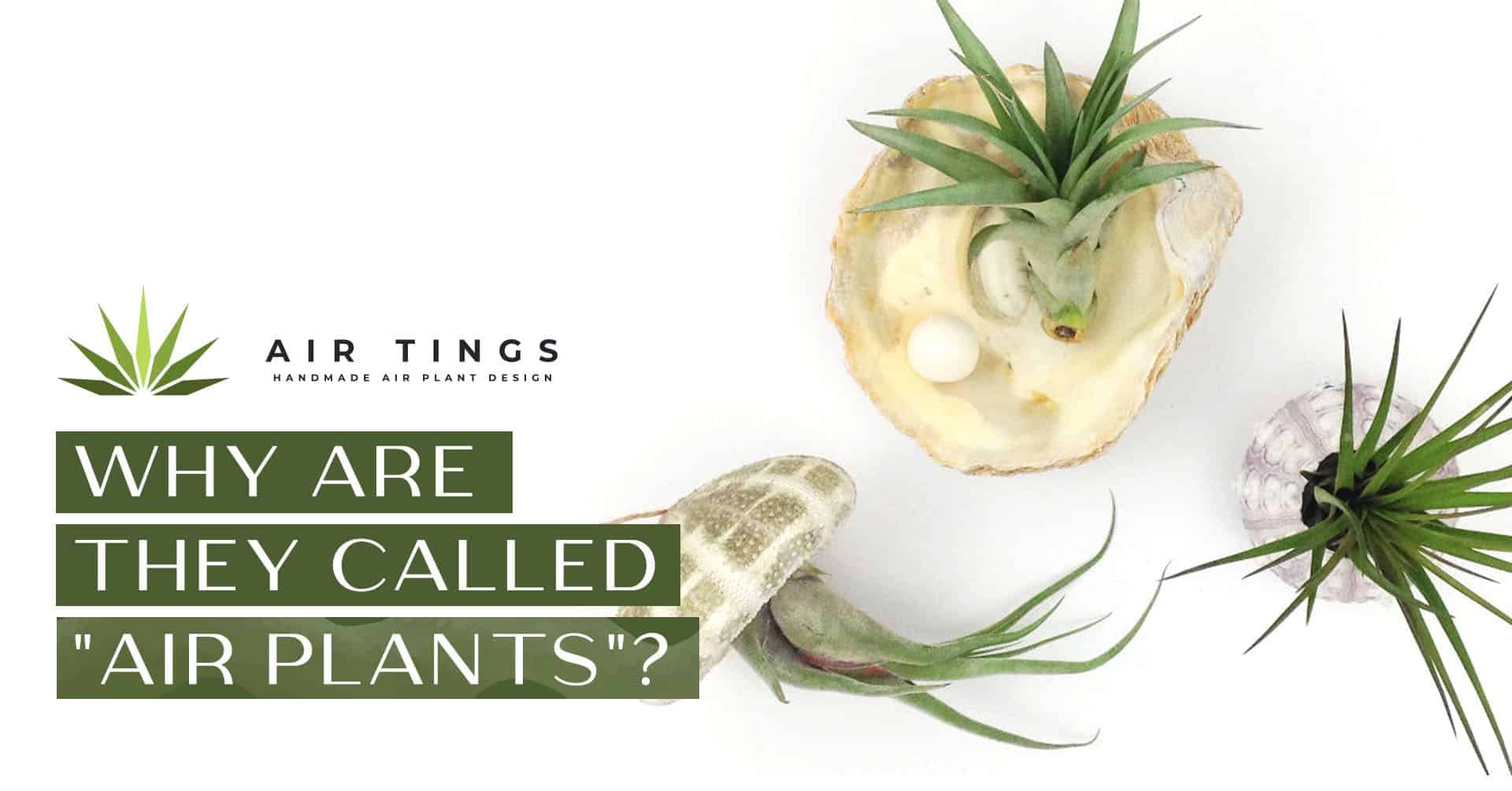Air plants, also known as Tillandsias, are a unique group of plants that have captured the attention of plant enthusiasts around the world. One of the most intriguing things about air plants is their name. But why are they called air plants? In this blog post, we will explore the origins of the name and what makes air plants so special.
The term “air plant” is actually a misnomer. While these plants can survive without soil, they do not actually grow in air alone. Instead, they are epiphytic plants, which means that they grow on other plants or objects, such as trees, rocks, or even telephone wires. They do not rely on the soil for their nutrients but rather absorb moisture and nutrients from the air and rainfall.
So, how did these plants come to be known as air plants? The term “air plant” is thought to have originated from the German word “luftpflanze,” which translates to “air plant.” This name was given to the plants because they do not require soil to grow, and their roots are used only to anchor them to their host plant or object.
Another theory is that the name “air plant” came about because of the way the plants look when they are displayed. Air plants are often displayed hanging from the ceiling or in terrariums, giving the impression that they are floating in the air.
Regardless of the origin of the name, air plants are fascinating plants that have many unique features that make them stand out. They come in a wide variety of shapes, sizes, and colors, and they are adaptable to a range of environments. They are also relatively easy to care for, making them a popular choice for both novice and experienced plant enthusiasts.
One of the most remarkable features of air plants is their ability to absorb moisture and nutrients from the air through their leaves. They have tiny scales on their leaves called trichomes that help them to absorb water and nutrients from the surrounding environment. This makes them ideal for growing in areas where soil is not readily available, such as in urban environments or in areas with poor soil quality.
Air plants are also able to survive in a variety of conditions, including low light and low humidity. This adaptability is due to their ability to enter a dormant state when conditions are not favorable, allowing them to conserve energy until conditions improve.
In conclusion, air plants are called air plants because they are epiphytic plants that grow without soil and absorb moisture and nutrients from the air. While the name may be a misnomer, it accurately reflects the unique features of these fascinating plants. If you are looking for a low-maintenance plant that is sure to impress, consider adding an air plant to your collection.


